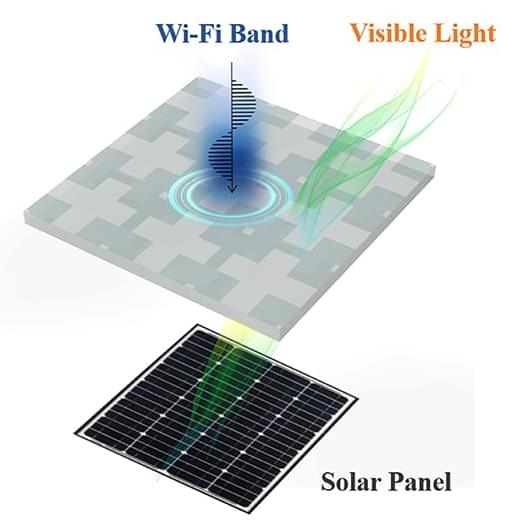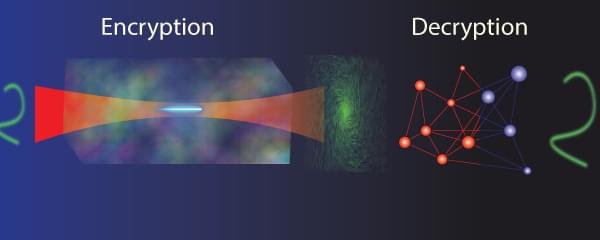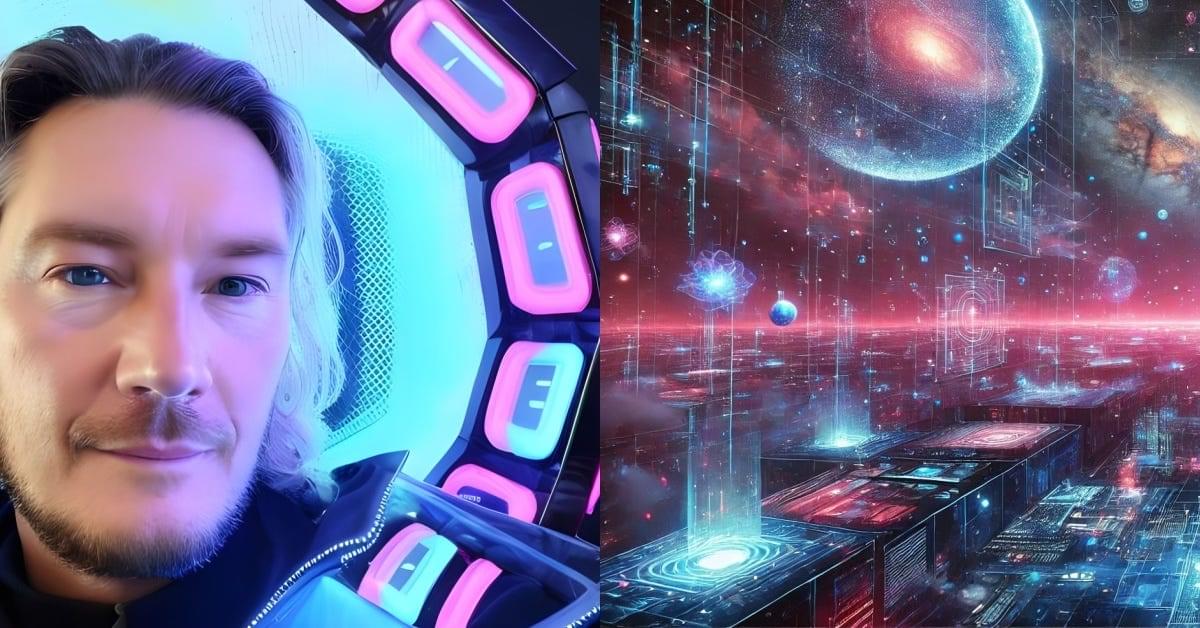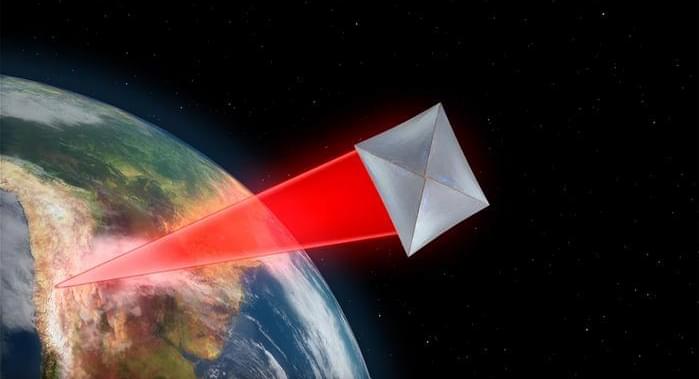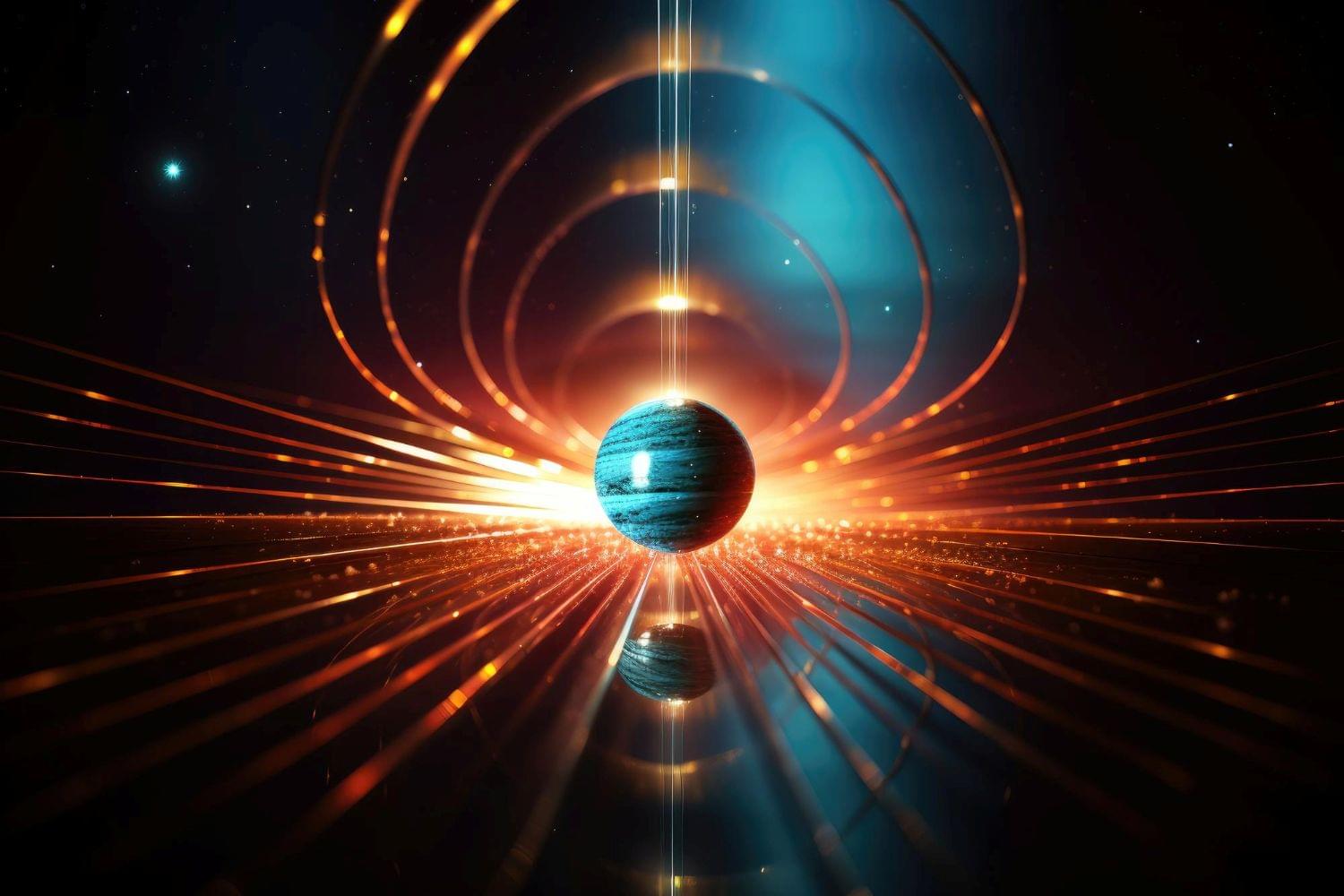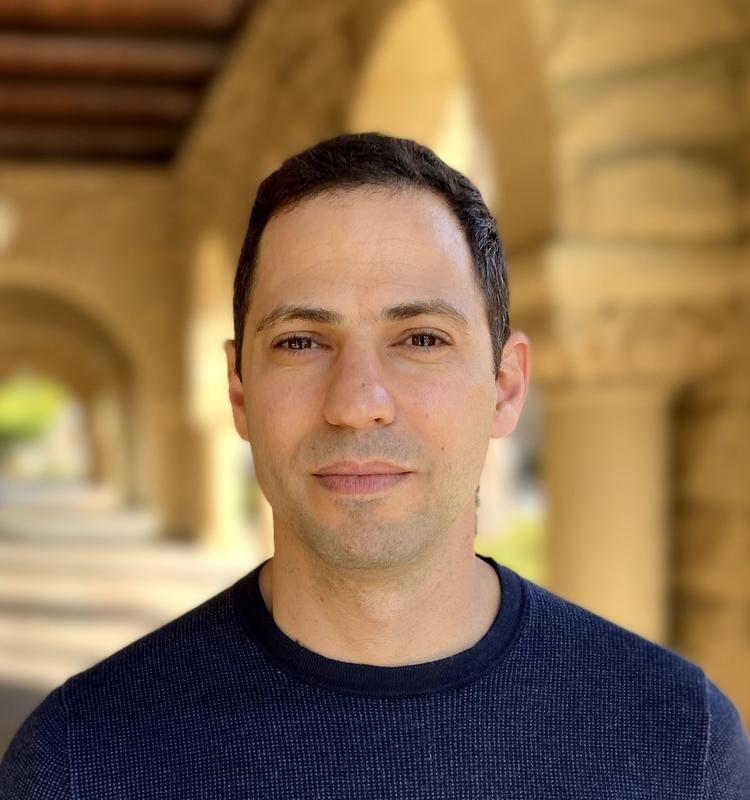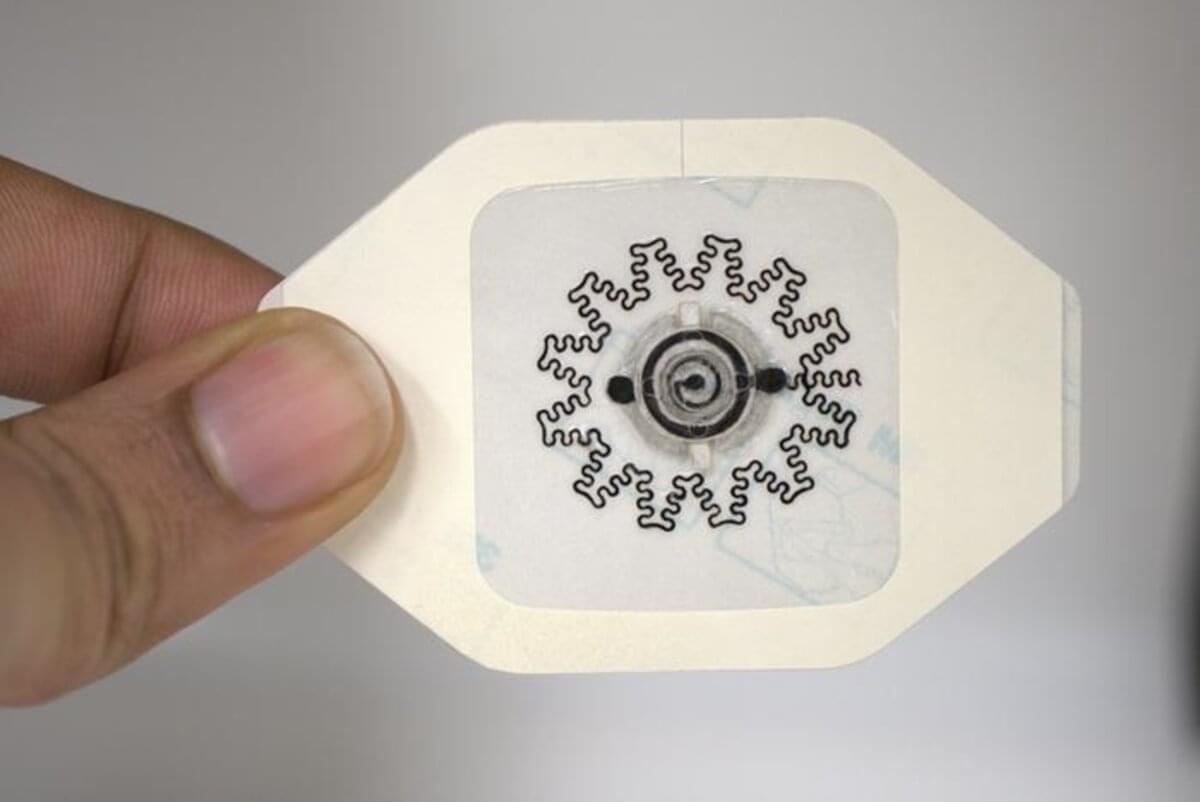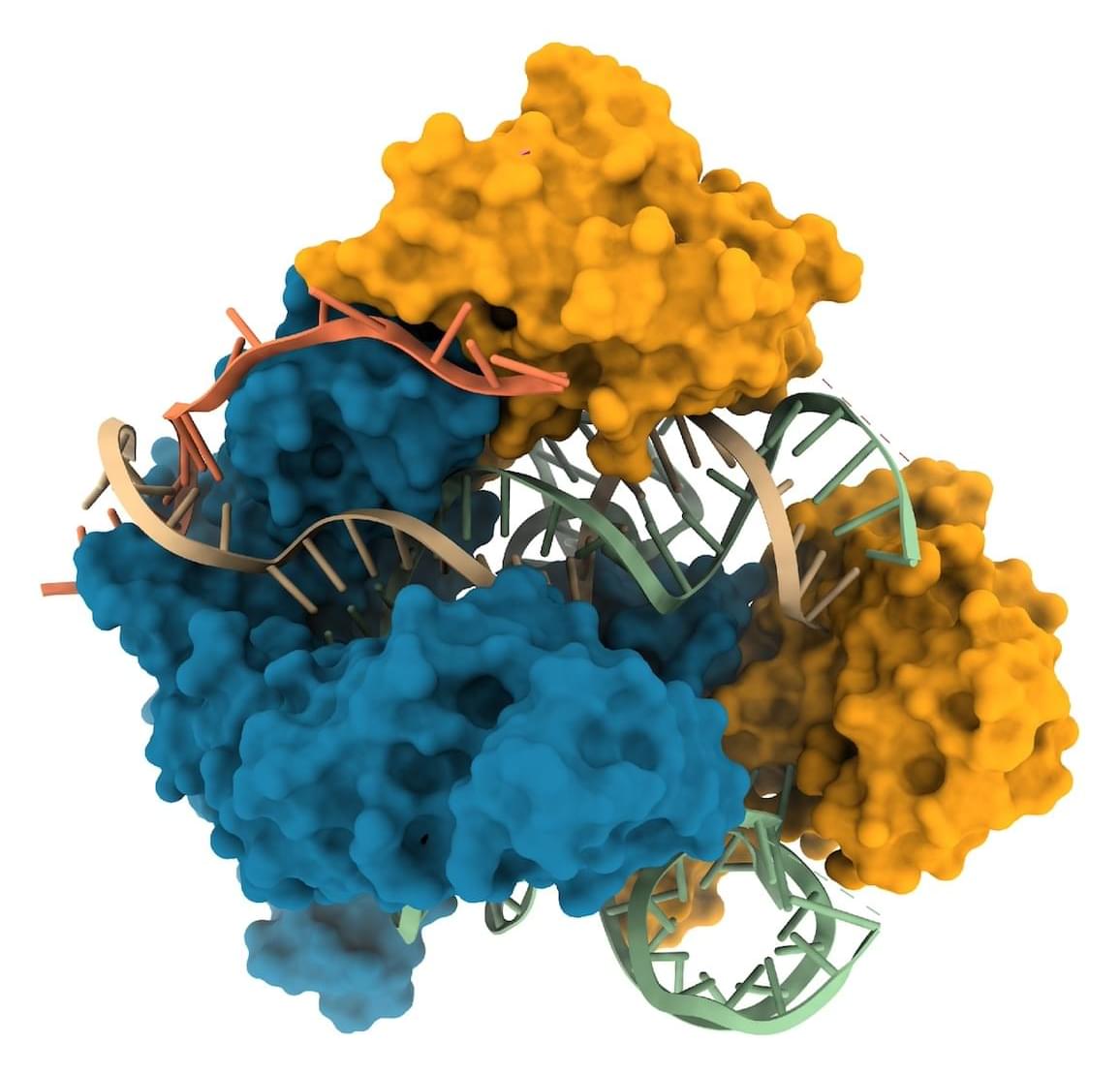Wireless communications technology has transformed the world, but the devices, which are quickly growing in number, require a consistent and ample source of power. Dong et al. developed a transparent device that harvests energy from two sources — radio waves and the sun — to power a wide range of wireless devices.
The breakthrough represents a significant step forward in optimizing energy conversion, since previous systems typically focused on harvesting either radio frequency or solar power, but not both. For example, coupling the energy harvester device with a solar cell increases the solar cell’s maximum power output by 13.11%. Furthermore, the device demonstrates an optical transparency of over 80 percent, allowing it to be invisibly integrated into many next-generation wireless technologies as both an energy harvester and a light transmitter.
Device may make smart windows and the Internet of Things more energetically sustainable.
